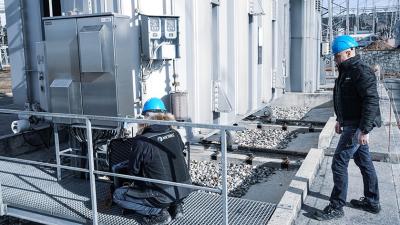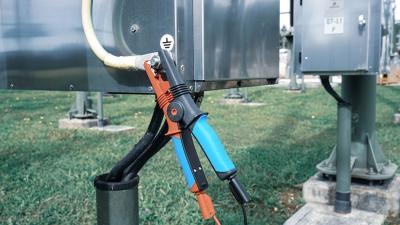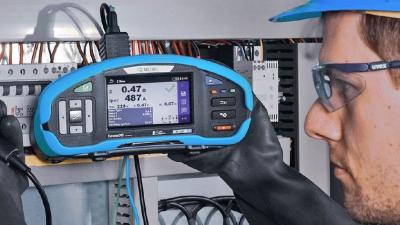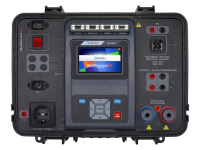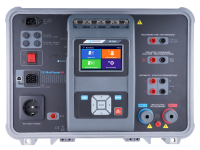Low voltage electrical installation safety
Building Facilities

Generally, any residential space with an electrical installation has to conform to safety standards. Depending on the local regulator, they may be written with protection of life or protection of property as first priority. Public places have to conform to the standards for low voltage installations and have a responsible authority confirm their safety before they opened to the public. Reconfirming compliance is performed periodically during the lifetime of the building and installation.
Following the safety standards means ensuring protection from electric shock, electrical fire and explosion. Public places and workplaces are similar in general: they are both filled with people who are not, themselves, responsible for the state of installations they use other than avoiding damage. Workplaces usually contain some electrical appliances or machines that need special care, and the employees are instructed in their use. Safety of the installation is however established with the same set of measurements as for public space, as required by the standard families IEC 60364 and IEC 62305. Measuring equipment used is covered by IEC 61557. Measurements have to be performed by an authorised inspector or engineer. Commissioning and periodic tests are generally similar. However commissioning tests usually have additional visual tests before the installation is covered by décor, furniture or appliances.
A large majority of public places and workplaces has TT or TN grounding system, which means a low or very low PE resistance. The working voltage is measured between phase and neutral conductors. Measurements include earth resistance, lightning protection, surge protection and equipotential bonding (see other notes in this catalogue), insulation resistance, leakage currents, earth loop impedances and short-circuit currents, and RCD functionality.
The main way of determining safety, even with these electrical tests available, is still visual inspection. Every accessible part of the installation has to be visually checked for adequacy and signs of degradation or corrosion. A great majority of problems is discovered visually. The inspection contains everything from checking compliance to wire colours and warning inscription regulations to fire prevention measures.
Competencies at edison
EDISON is an international organisation for certification of competences in electrical safety testing. Click on the links for more information on each competency.
- EISinsp: Low Voltage Electrical Installation Safety for Inspectors
- LPSinsp: Lightning Protection of Buildings for Inspectors
- IEC / HD 60364-6 Low Voltage Electrical Installation Safety: Part 6 Verification
- IEC / EN 62305 Lightning Protection of Buildings
